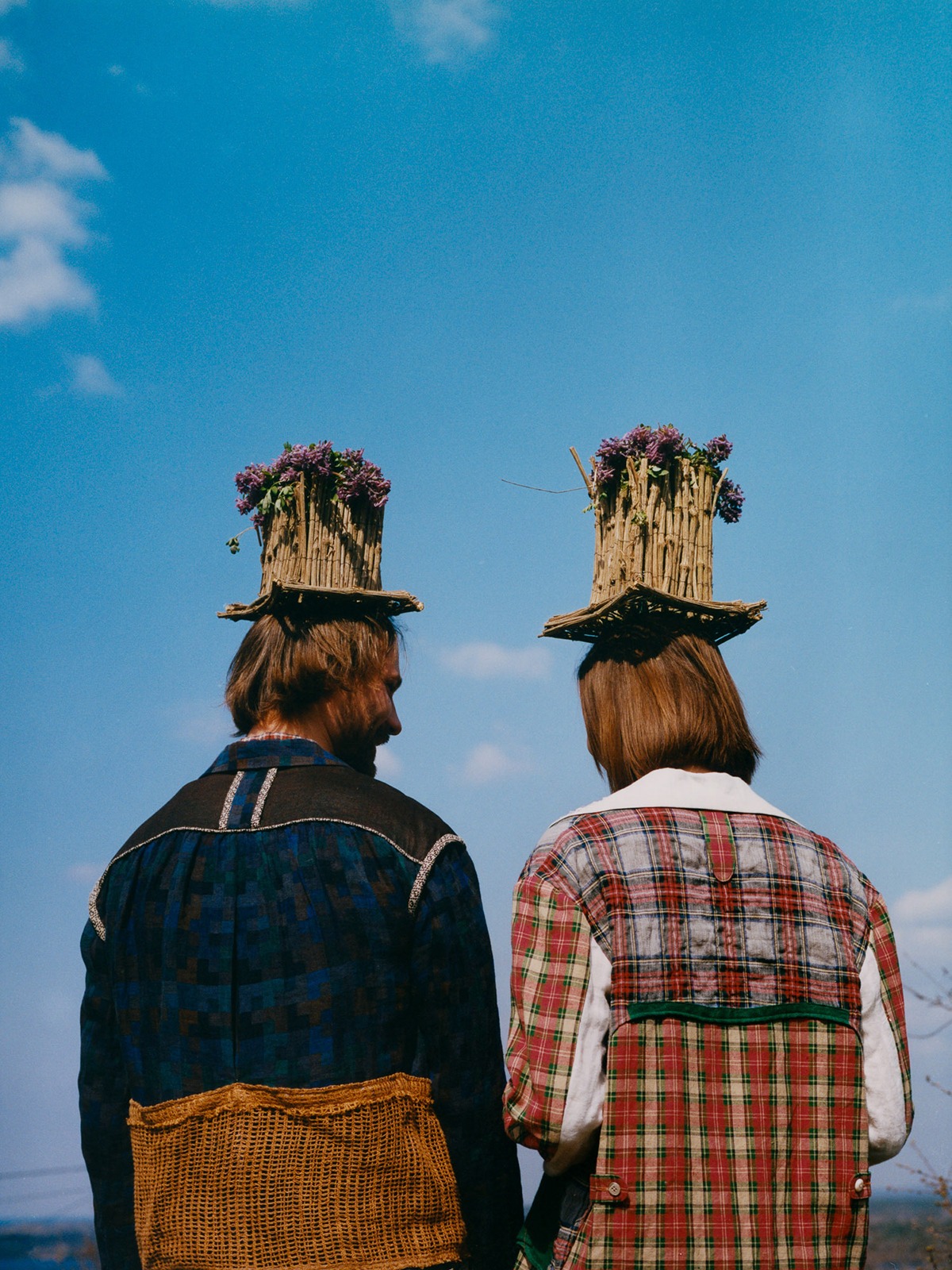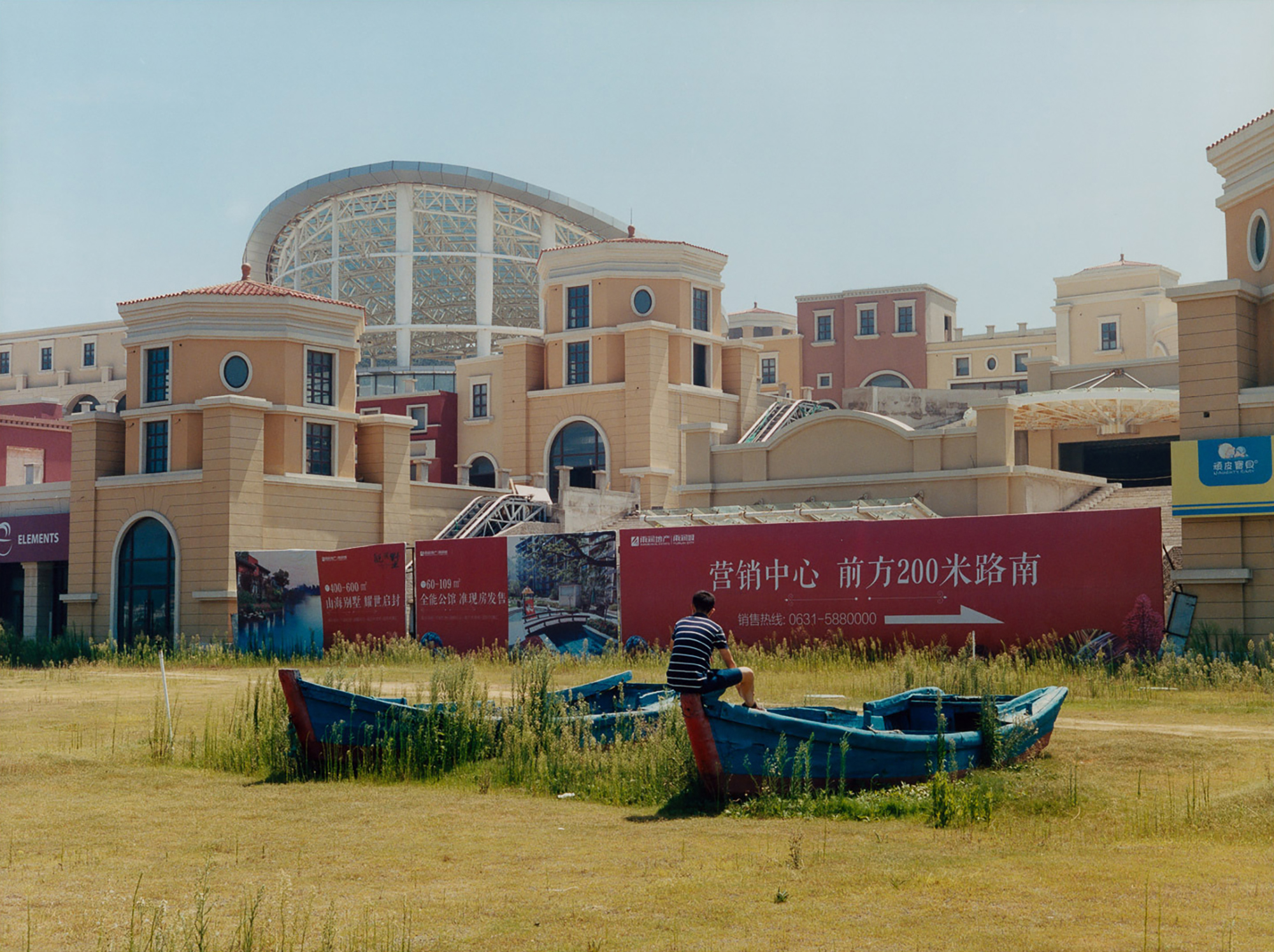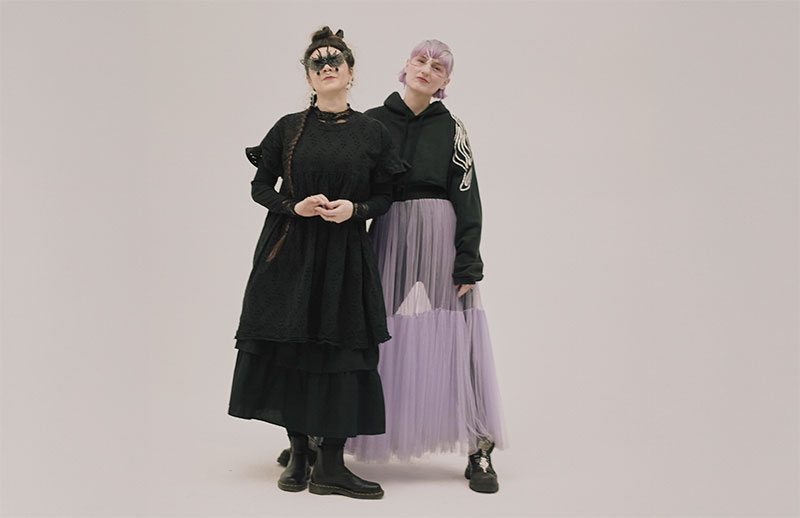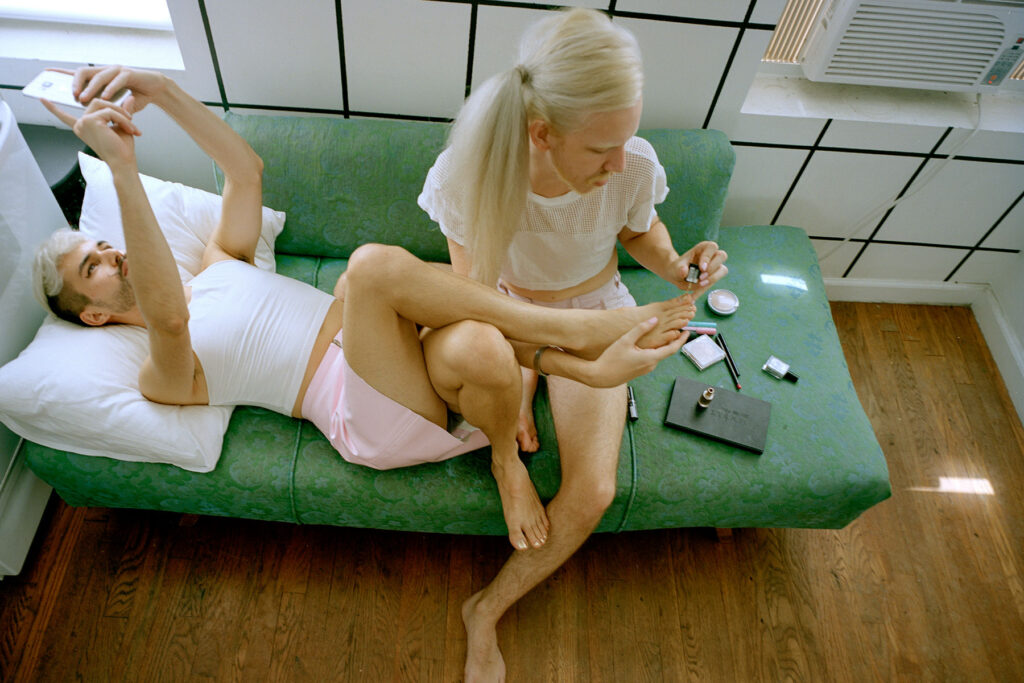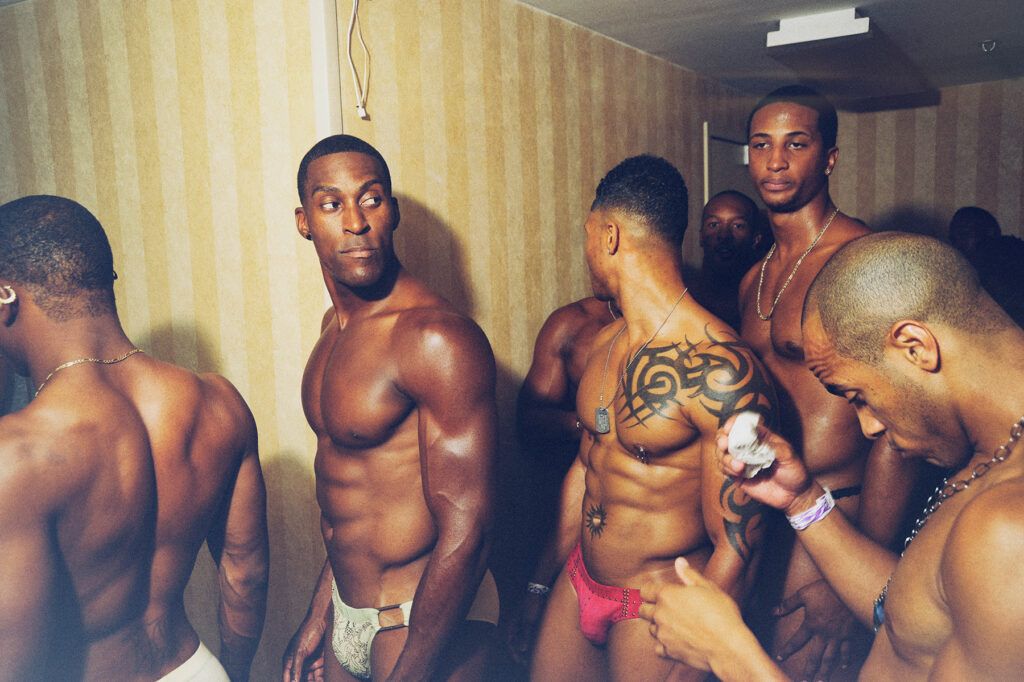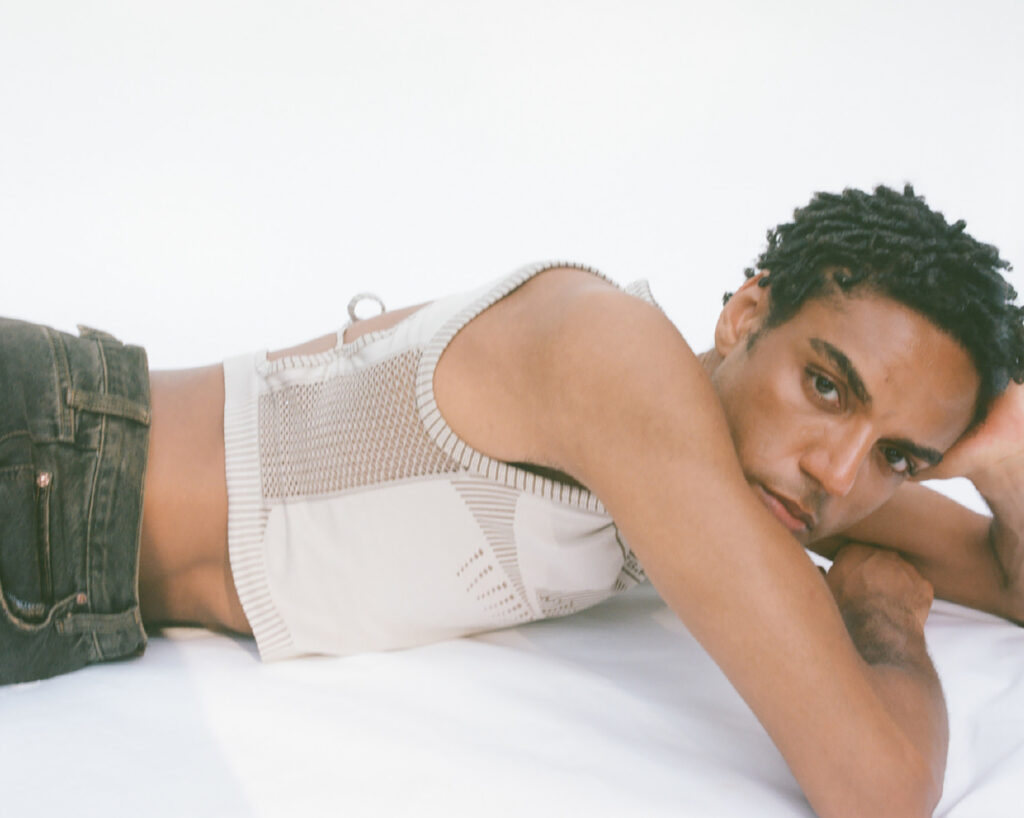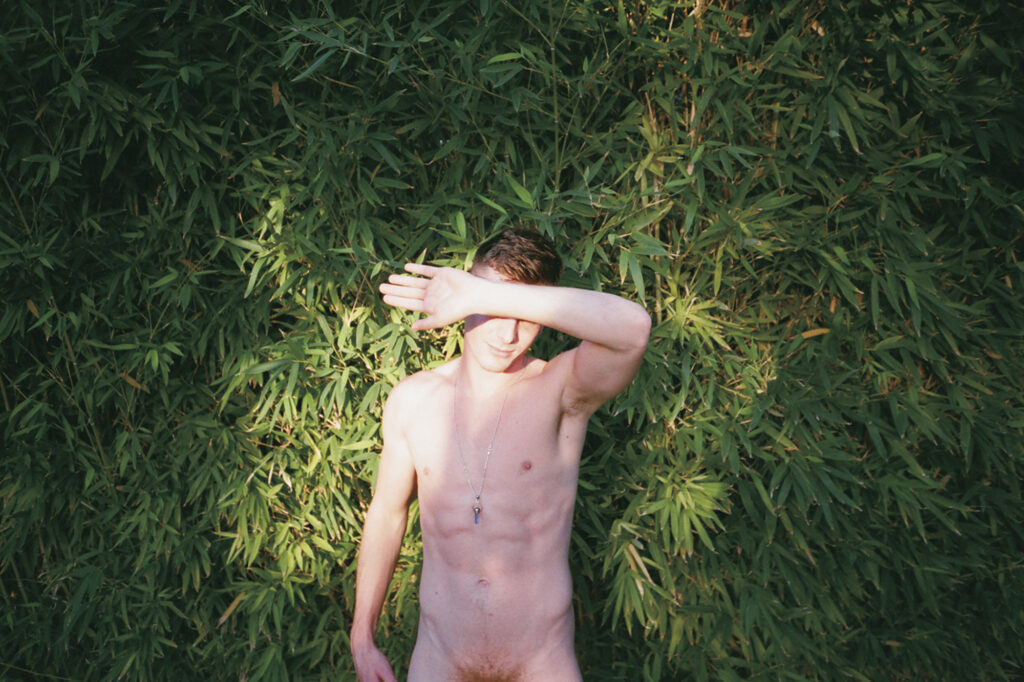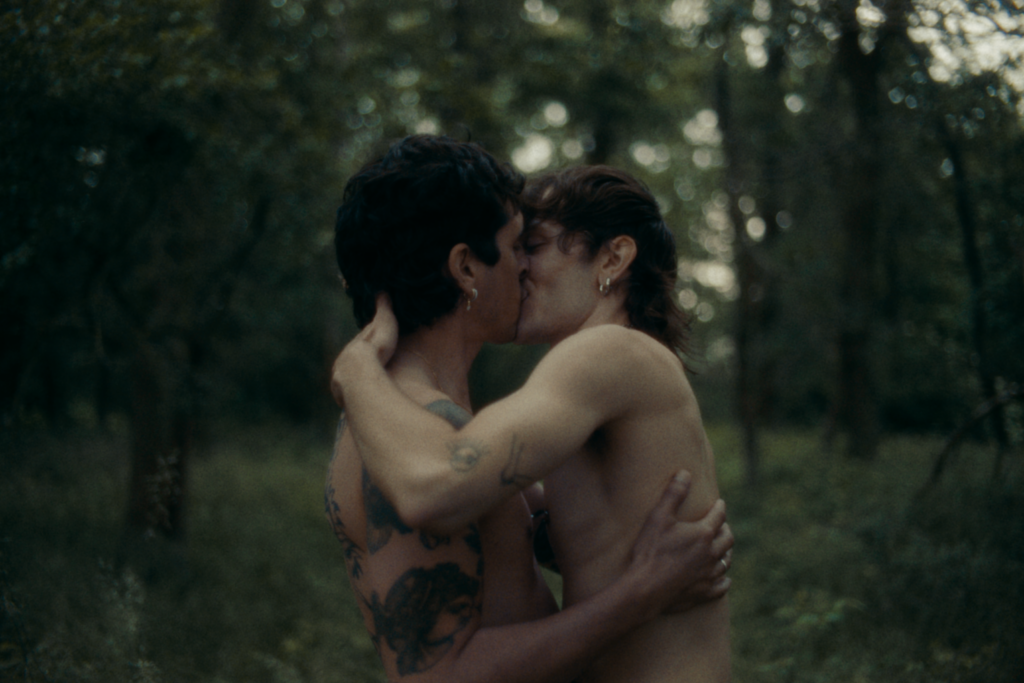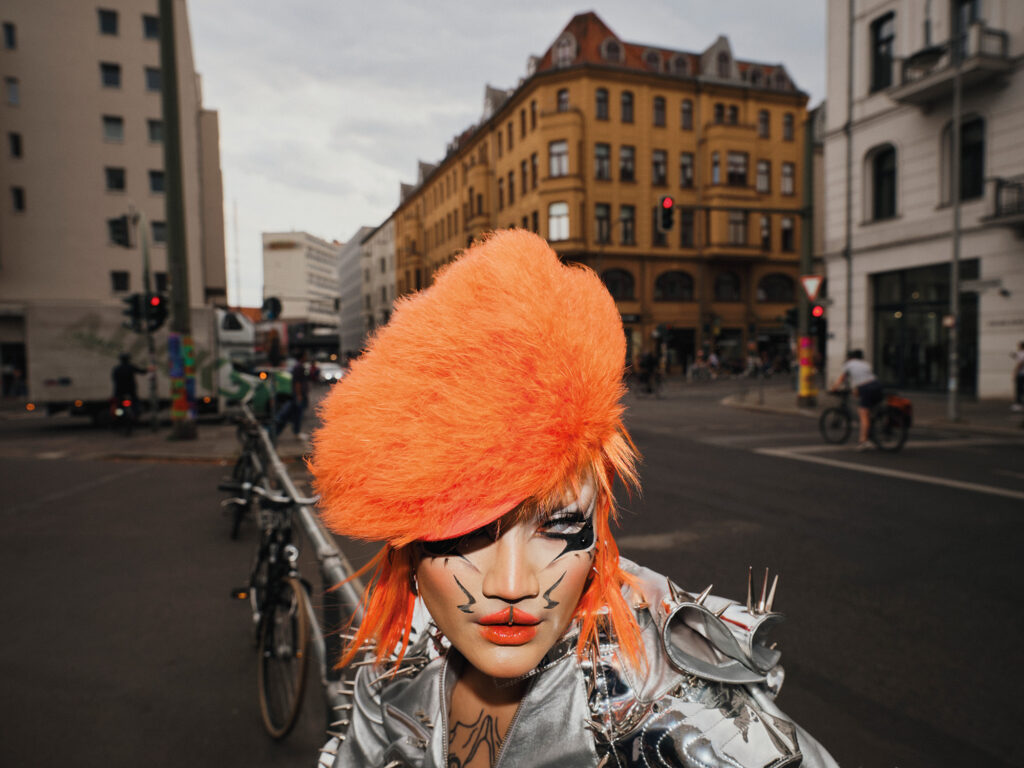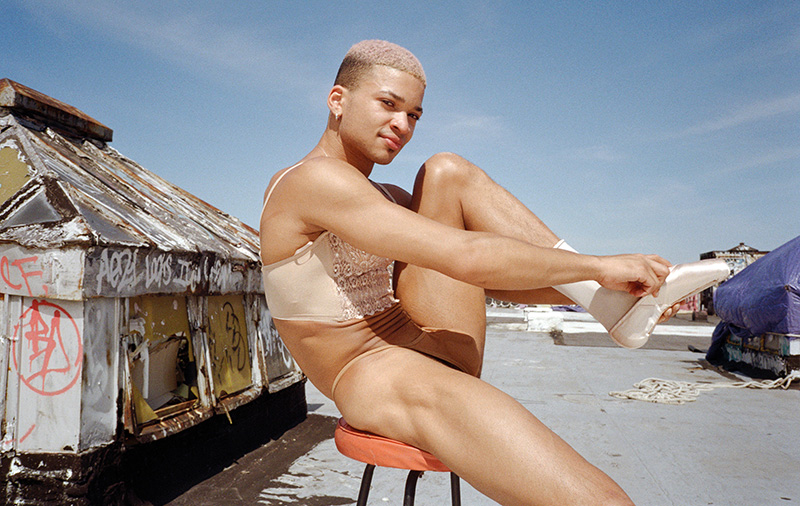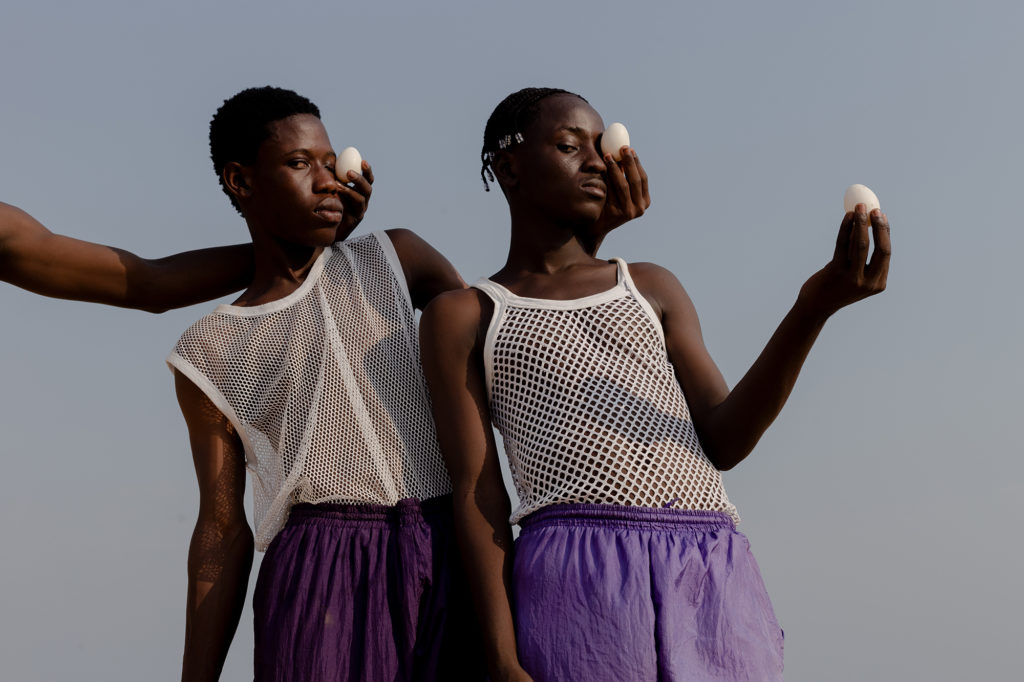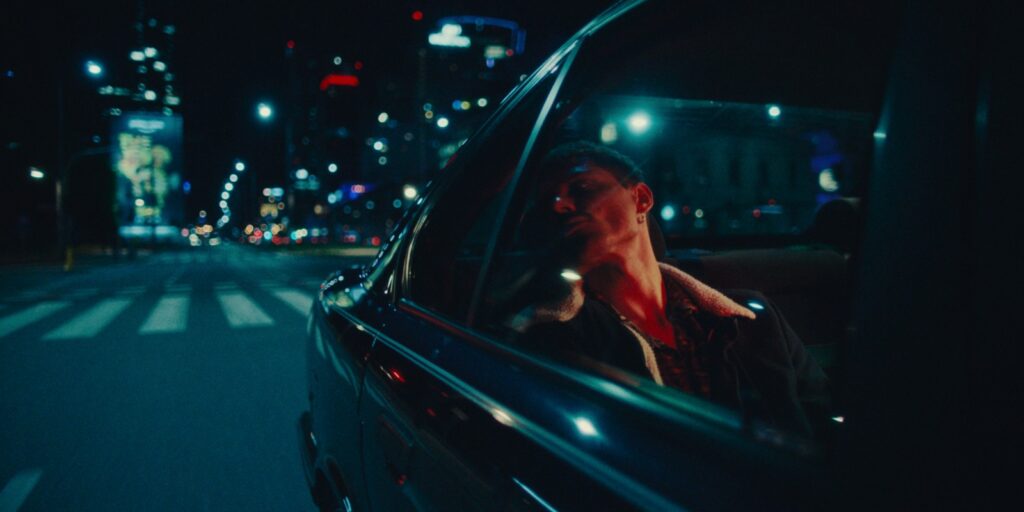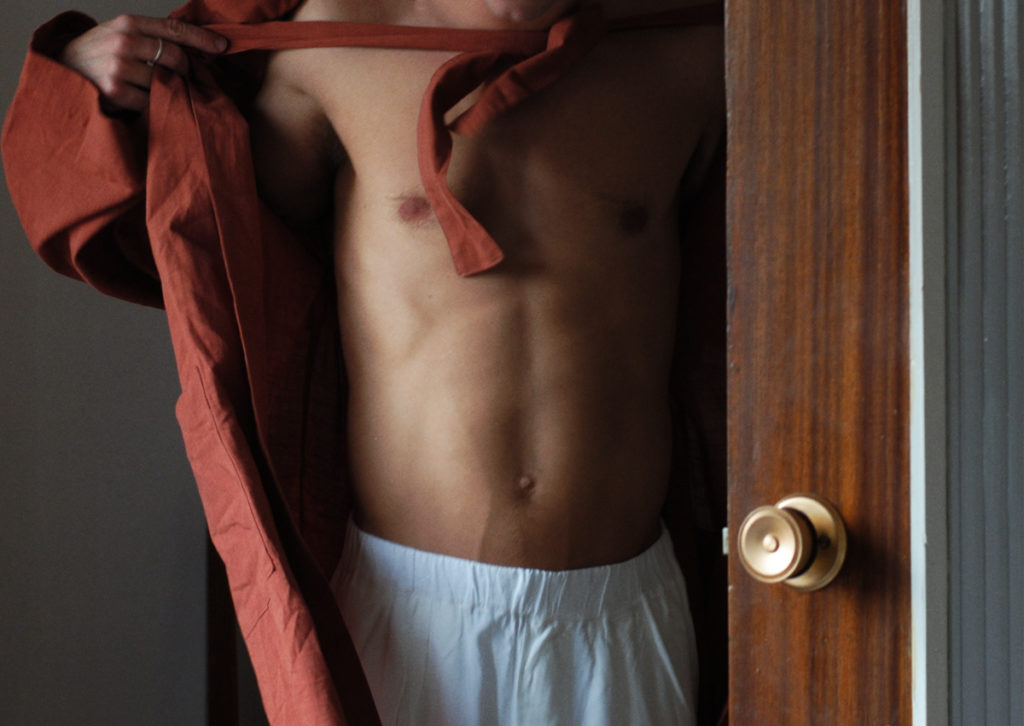Alex Huanfa Cheng: Leaving Wonderland
Artist Alex Huanfa Cheng
Words Tom Czibolya
Life is all about gravity. The gravity of time and how people are gravitating toward each other – Paris photographer Alex Huanfa Cheng has been reinventing himself for much of his career. His photography merges reality with the unseen and unspoken and does so with a touch of fashion. In conversation with Container Love, Alex told us about his unique approach toward aging, why he forced his ego to take a back seat and how his series shot in pre-war Ukraine gave him a clearer vision and made him more determined as an artist.


You moved to Paris from China over a decade ago. Looking back in retrospect, how did the city live up to your expectations?
While studying in China, I was working as an assistant to fashion photographers. Maybe this is why I created such a romantic picture of Paris in my head. As far as fashion goes, I thought about it as the center of the universe. It was ambitious of me to move to France and I quickly realized that the reality of living in Paris can be more challenging, sometimes much more difficult than one might imagine. Still, I love Paris. It’s a place that keeps exceeding my imagination.
How would you define your approach to documentary photography?
My earlier works, for example a series that I did while I was studying at the School of Fine Arts in Paris, was a documentary about Chinese sailors in Shenzhen. At that time, I was very pragmatic: whenever I felt there was a chance for an image, I went for it. It was just as if the pictures were lying on the streets and all I had to do was to pick them up. But this didn’t work for me in France. People here usually don’t like the presence of the camera. It’s considered to be rude to take a picture of anyone without asking for their permission first. This led to me focusing more on my studio work, on projects that take place in a more controlled environment. And this is how I started taking photos of my wife.
The series about your family is a long-term project of the truest sense. What are the challenges and benefits that come with dedicating years or even decades to a body of work?
I think time and the passing of time is a very important element of my work. It’s all about gravity, the gravity of time and how people are gravitating toward each other. A seemingly boring, everyday moment can become precious and carry a meaning once you start looking at it in the context of time. Also, time leaves its marks on everyone’s face, skin. This is something that fascinates me. If you do a fashion project or any other kind of commission, it’s done within a week, maybe a month. And once it’s finished, it’s finished. You move on to the next one. It’s almost impossible to establish a deeper connection, to get closer to the real life experience.

How did photographing your wife and your child influence the memories that you have of them?
I have two kinds of pictures. There are photos I shoot on film and there are images that are taken by an iPhone. The later ones tend to be more about our happy moments, while the ones on film are like the summaries of different events and emotions that just can’t be captured spontaneously. At the beginning, it felt like a kind of violent process. For example, in moments of great sadness, there is no rational reason why you should keep taking pictures of your partner instead of comforting her right away. Yet there must be something true about the saying that great art comes from pain, right? It took me years to realize how egoistic I was thinking like this and letting my ambitions overwrite everything. The most powerful images are the results of the collaboration between the artist and his model, but they only occur if their relationship is balanced. The artist should never think that he’s more important than the person in the picture.
Your series, Chinese Wonderland, is a good example of these kinds of portraits. How was your last visit to China?
For a long time, I was able to return to China every year for holidays. It has always amazed me how fast the country is changing. The last time I was there was before the pandemic. I visited Zhongshan, a city that was rapidly transforming at the time. I remember the last picture I took there of two ACG-youngsters, both dressed in the style of manga characters, standing in front of a giant construction site. To me, this contrast between their defined, over the top outfits and the never-ending-construction in the background is a very accurate symbol of what modern China is and how unreal it can feel sometimes.


How do you incorporate surrealism in your pictures?
For a long time, I was keen to hold on to my ideas, my preconceptions, if you like. I already had images in my head before I even started shooting something. I tried to make each frame into something that might or might not be there. I don’t work like that anymore. I want to talk to the people I photograph and to have a better understanding of who they are and how they see other people and the world around them.
Was this kind of curiosity that drove you while working on your Ukraine series?
That series is the result of a collaboration with stylist Pierre-Alexandre Fillaire. It’s very exciting to work with someone from the field of fashion but at the same time there is always a risk of losing some of the realness along the way. Besides, Ukrainian culture is very different from anything that I’ve experienced: this is why I put the focus on the unit of family and the relationships lying within. There are so many beautiful images out there, but it’s very rare for one to be able to show the same beauty while staying true to the reality of the picture.
What sort of entry point does this mentality give you when it comes to interacting with people?
When I was taking these photos, Russian forces were already at the border. Looking back, it’s a weird feeling to realize that it was some kind of a last moment in time that we shared with these people. The war has changed everything. While in Ukraine, I met some wonderful people and I made some new friends too with whom we added each other on social media. I’ve seen their posts as they were fleeing the country or sheltering in subway stations in Kyiv.
I keep posting my images on Chinese social media, since the propaganda tends to be rather pro Russian and there are not so many channels where you can get objective information from. Getting these pictures out there and showing the faces of real people caught in the crossfire in this conflict is the least I can do. Because it’s not the politicians, it’s the real, everyday people who are suffering. It’s time for the world to realize that there is no such thing as a good war or bad peace.
